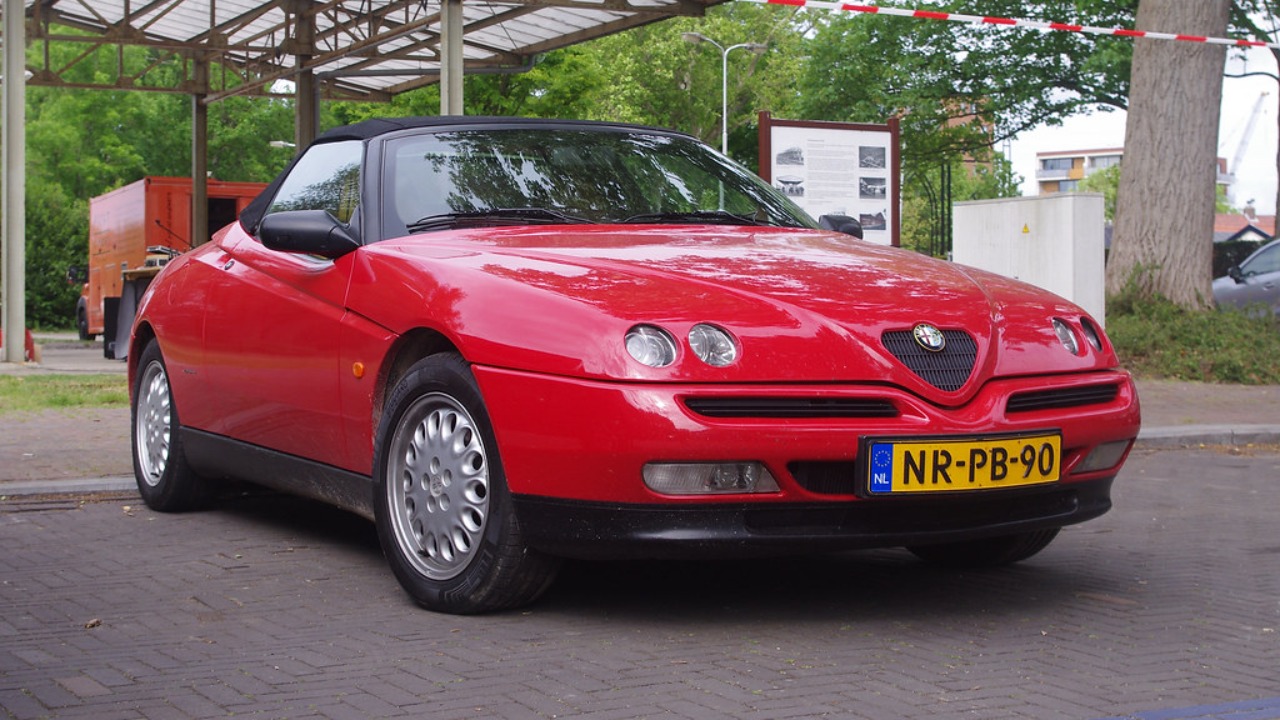Wideband O2 sensors play a pivotal role in the realm of automotive tuning, providing precise measurements of the air-fuel ratio necessary for optimizing engine performance. Unlike their narrowband counterparts, wideband O2 sensors offer a more extensive range of data, making them essential tools for both professional tuners and DIY enthusiasts. Understanding why tuners recommend wideband O2 sensors can help enhance vehicle performance significantly.
The Basics of O2 Sensors

Understanding Oxygen Sensors
Oxygen sensors, or O2 sensors, are integral to a vehicle’s exhaust system, measuring the amount of oxygen present in the exhaust gases. This data is crucial for the engine control unit (ECU) to adjust the air-fuel mixture for optimal combustion. The primary difference between narrowband and wideband O2 sensors lies in their functionality and accuracy. Narrowband sensors provide a simple binary output indicating whether the mixture is rich or lean, whereas wideband sensors offer a continuous and precise reading across a broad range of air-fuel ratios.
How Wideband O2 Sensors Work
Wideband O2 sensors employ a sophisticated design that includes a ceramic element and a reference air chamber. This setup allows them to measure the exact air-fuel ratio over a wide spectrum. Instead of sending a simple voltage like a narrowband sensor, they use a pump current that that shows how much oxygen is in the exhaust, enabling the ECU to make fine adjustments. This real-time data is invaluable for achieving peak engine performance, especially in modified vehicles.
Advantages of Using Wideband O2 Sensors

Improved Air-Fuel Ratio Monitoring
One of the primary advantages of wideband O2 sensors is their ability to provide real-time, accurate readings of the air-fuel mixture. This precise monitoring ensures that the engine runs at optimal efficiency, improving both performance and fuel economy. For instance, a 2019 Subaru WRX can benefit from enhanced throttle response and smoother acceleration when equipped with a wideband sensor that accurately monitors the air-fuel ratio.
Enhanced Tuning Capabilities
Wideband O2 sensors are indispensable in custom tuning and modifications. They allow tuners to adjust the engine’s parameters accurately, ensuring that modifications such as turbochargers or performance exhaust systems yield the desired results. An example of this is seen in vehicles like the 2020 Volkswagen Golf GTI, where wideband sensors are crucial in achieving optimal performance during the tuning process. These sensors provide the data needed to optimize power output and engine responsiveness.
Why Tuners Prefer Wideband O2 Sensors

Precision in Performance Tuning
Tuners prioritize wideband O2 sensors for their ability to deliver accurate data essential for achieving optimal engine performance and power output. In performance tuning, every detail matters, and wideband sensors provide the precision needed to fine-tune vehicles for specific goals. A 2021 Chevrolet Camaro SS, for instance, can be precisely tuned for track use or street performance, thanks to the detailed feedback provided by wideband O2 sensors.
Versatility in Different Applications
The versatility of wideband sensors makes them applicable to various vehicle types and performance setups. Whether tuning a classic car or a modern sports car, wideband sensors adapt to the vehicle’s specific needs. For example, tuners have successfully used wideband sensors in both naturally aspirated and forced induction applications, such as in a 2018 BMW M3. This adaptability makes them a staple in the toolkit of any serious tuner.
Choosing the Right Wideband O2 Sensor

Key Features to Consider
When selecting a wideband O2 sensor, several key features should be considered, including response time and compatibility with the vehicle’s ECU. A fast response time ensures real-time data accuracy, while compatibility guarantees seamless integration. Popular models, such as the AEM X-Series or Innovate Motorsports LC-2, are trusted by professionals for their reliability and performance in vehicles like the 2020 Honda Civic Type R.
Installation and Maintenance Tips
Proper installation of wideband O2 sensors is crucial for optimal performance. It’s essential to follow the manufacturer’s guidelines and ensure the sensor is mounted at the correct angle and position within the exhaust system. Regular maintenance, such as checking for exhaust leaks and ensuring sensor cleanliness, will help maintain accuracy over time. In vehicles like the 2017 Nissan 370Z, these practices ensure long-term performance and reliability.
Future Trends in O2 Sensor Technology

Advancements and Innovations
The field of O2 sensor technology is constantly evolving, with new advancements and innovations on the horizon. Improvements in sensor design and materials are expected to enhance accuracy and durability. As automotive tuning becomes increasingly sophisticated, these developments will play a critical role in tuning future vehicles, to achieve even greater performance levels.
The Role of Wideband Sensors in Electric and Hybrid Vehicles
As the automotive landscape shifts towards electric and hybrid vehicles, the role of wideband O2 sensors remains significant. While electric vehicles like the 2023 Rivian R1T use different propulsion systems, hybrid vehicles still rely on internal combustion engines, benefiting from precise air-fuel ratio monitoring. Wideband sensors continue to offer value in ensuring these vehicles operate efficiently and with optimal performance.
More from Fast Lane Only:
- Unboxing the WWII Jeep in a Crate
- The Fastest Farm Truck Ever Built
- 10 Old Trucks That Were Built Like Tanks
- 12 Classic muscle cars still within reach for budget buyers
*Created with AI assistance and editor review.







Leave a Reply